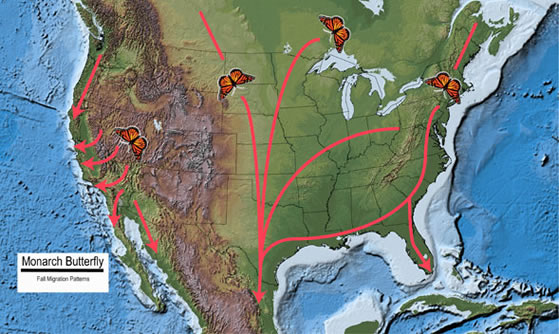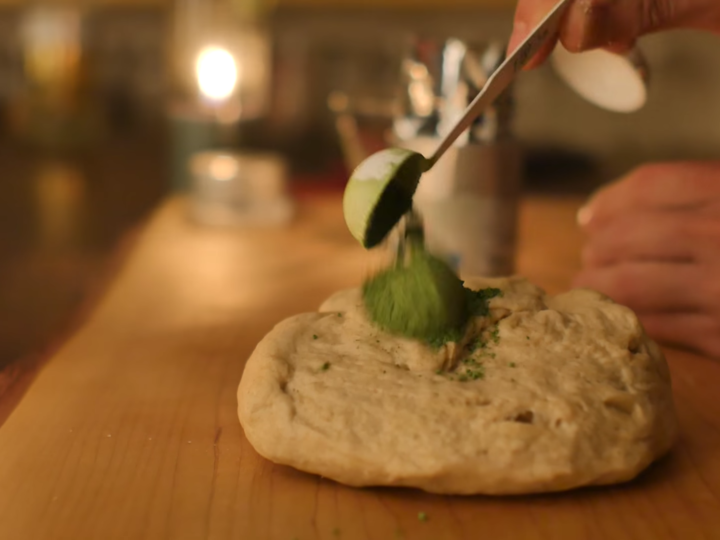Monarch butterflies are disappearing.
Populations of these distinctive black and orange migratory insects have been in precipitous decline for the past 20 years, but scientists aren’t exactly sure what’s causing them to vanish.
So far, potential culprits include disease, climate change, drought and deforestation. Everyone from loggers to suburban developers has been implicated. But much of the blame has been placed on farmers and the pesticides they rely on — pesticides that have reduced the milkweed that monarch caterpillars feast on. Now, however, scientists say that may not be the full story.
Source: NPR
Every year, a new generation of these butterflies follows the same path forged by generations before them. The only thing guiding them on this migration is temperature telling them when they need to travel – like a biological trigger setting them in flight.
But in recent years, the monarch’s fall south migration from Canada has been delayed by as much as six weeks due to warmer-than-normal temperatures that failed to trigger the butterflies’ instincts to move south.
By the time the temperature cooled enough to trigger the migration, it’s been too cold in the Midwest and many monarchs died on their trip south.
In recent years, the monarch’s fall south migration from Canada has been delayed by as much as six weeks.
Climate change has also increased the frequency and intensity of extreme weather events, which can have catastrophic effects on migrating monarchs.
In 2002, a severe and sudden storm killed close to 80 percent of the overwintering monarch population in Mexico – a hit from which it has yet to recover.
What’s more, hotter and drier weather conditions have proven to be lethal during the larval stage of monarch development, with direct impacts on the survival and reproductive capacity of adult butterflies.
Source: EDF





